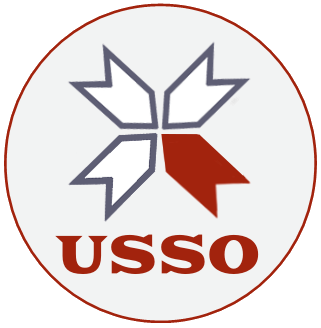
We're Updating Our Site
We are currently undertaking some work on our site.
Please check back with us soon. Thank you for your patience!

We are currently undertaking some work on our site.
Please check back with us soon. Thank you for your patience!